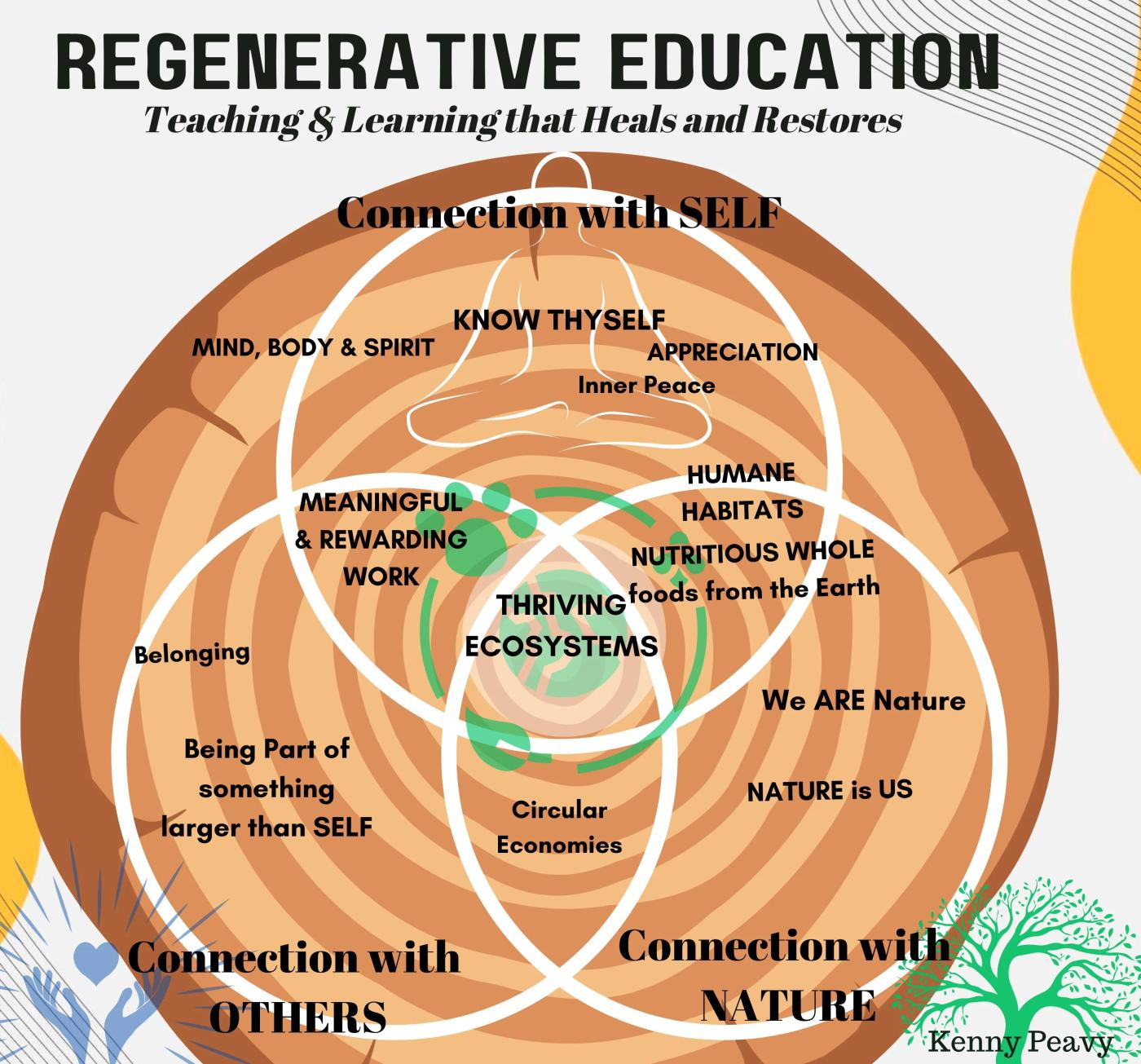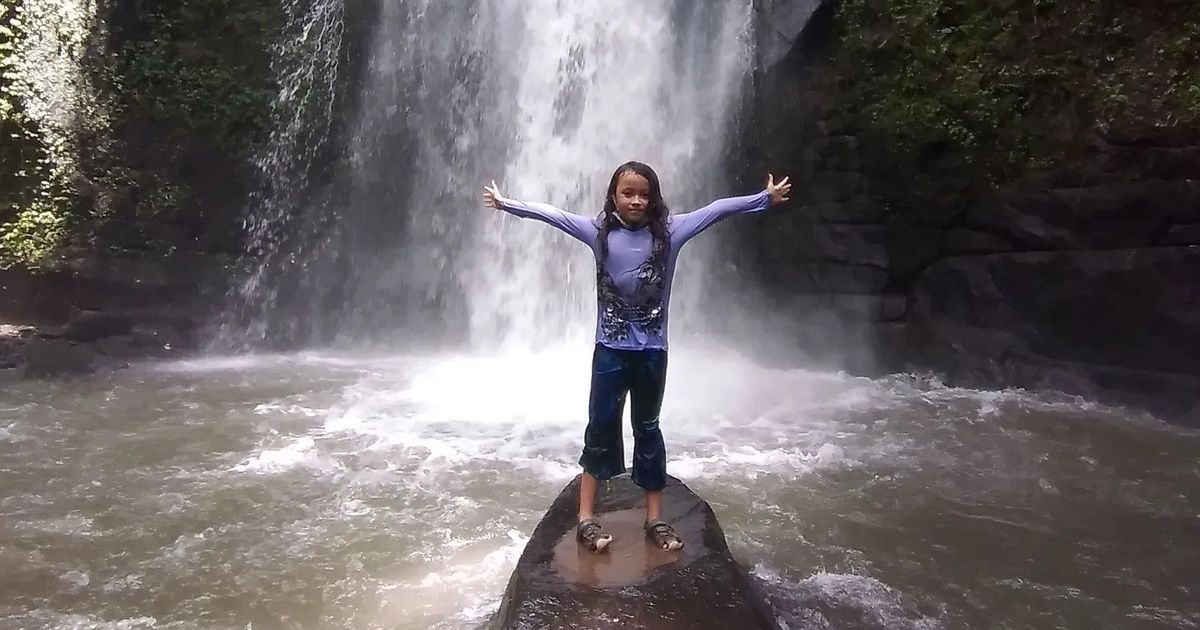In a rapidly changing world where traditional education models struggle to keep up with societal and environmental shifts, a new approach is emerging: Regenerative Education. This vision for learning aligns with principles of sustainability, resilience, and holistic development. For educators and parents preparing students for a future filled with challenges and opportunities, understanding regenerative education is crucial.

What is Regenerative Education?
Regenerative education goes beyond the typical focus on academic achievement to embrace student well-being, environmental stewardship, and community engagement
Regenerative education goes beyond the typical focus on academic achievement to embrace student well-being, environmental stewardship, and community engagement. It draws on regenerative design principles emphasizing systems that restore, renew, and revitalize their surroundings. The goal is to create learning environments where students grow harmoniously with nature and society.
As discussed in Education is Connection and Relationship, I imagine an ecosystem of practices emphasizing deeper understanding, connection, and relationship with oneself, others (community), and our surroundings (nature). While many schools and teachers already incorporate these ideas, they’re often taught in isolation. Students need to see, feel, and experience these connections to internalize their value and truly learn.
The Core Principles of Regenerative Education
Regenerative education centers on three core principles: connection to Self, connection with Others, and connection to Nature. Each principle is key to creating a balanced and integrated learning experience.
1. Connection to Self
True learning begins with self-awareness. When students connect with themselves, they better understand their strengths, values, and passions — critical for personal growth and resilience.
- Emotional Intelligence: Regenerative education prioritizes emotional intelligence. When students learn to recognize and manage their emotions, they build healthier relationships and approach challenges with balance.
- Mindfulness and Reflection: Mindfulness practices and reflection activities — like journaling, meditation, and quiet contemplation — help students clarify their goals and values.
- Growth Mindset: Encouraging a growth mindset reinforces self-awareness and confidence, helping students see their abilities as expandable through effort and learning.
2. Connection to Others
Building meaningful relationships and fostering a sense of community is central to regenerative education, emphasizing the interconnectedness of individuals within social environments.

